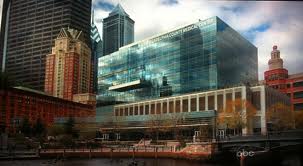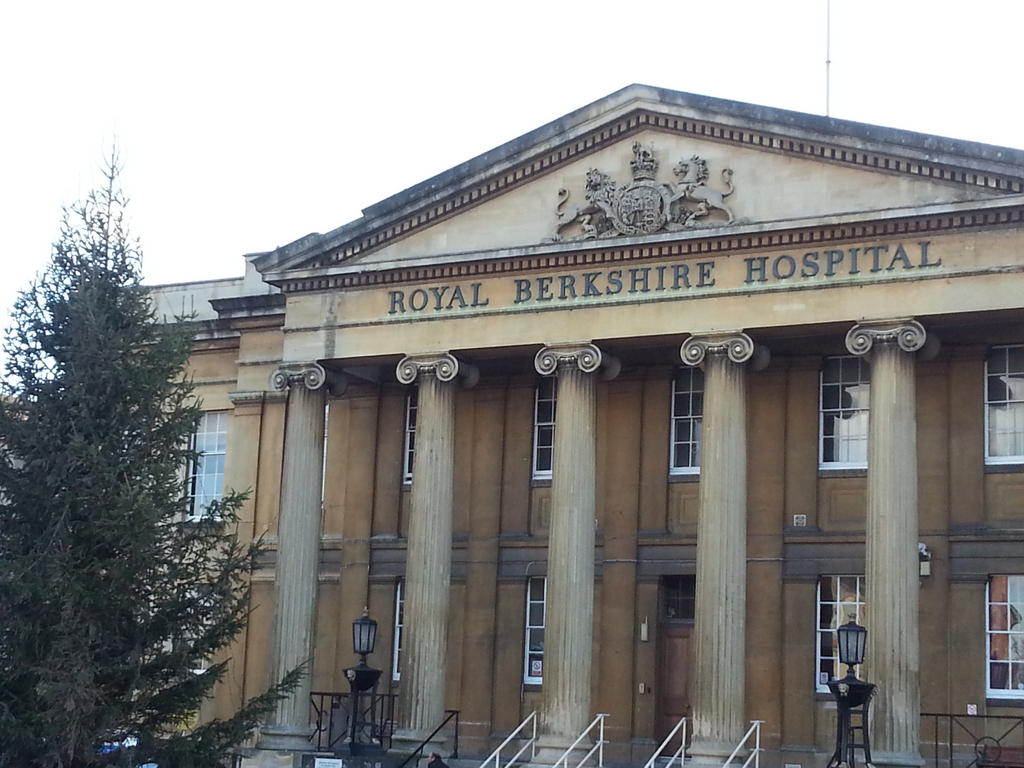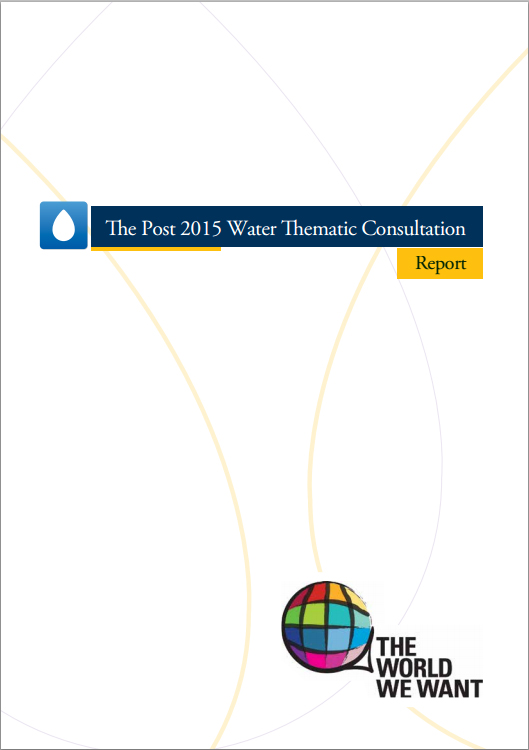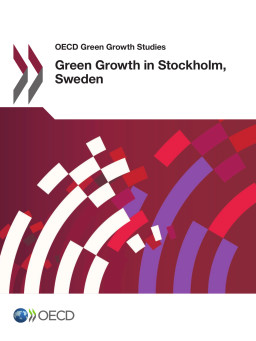, and it wasn’t high on the agenda or saying anything particularly new – but worth a read anyway.
“Climate change is one of the foremost challenges for our future economic growth and well-being. We remain strongly committed to addressing the urgent need to reduce greenhouse gas emissions significantly by 2020 and to pursue our low carbon path afterwards, with a view to doing our part to limit effectively the increase in global temperature below 2ºC above pre-industrial levels, consistent with science.
We will pursue ambitious and transparent action, both domestically and internationally, in the UNFCCC, complemented by actions addressed through other relevant fora.
We recognise climate change as a contributing factor in increased economic and security risks globally. The G8 has agreed to consider means to better respond to this challenge and its associated risks, recalling that international climate policy and sustainable economic development are mutually reinforcing.
We … note with grave concern the gap between current country pledges and what is needed, and will work towards increasing mitigation ambition in the period to 2020. We reiterate our commitment to the developed countries’ goal of mobilising jointly $100billion of climate finance per year by 2020 from a wide variety of sources in the context of meaningful mitigation actions and transparency on implementation and are advancing our efforts to continue to improve the transparency of international climate finance flows. We welcome the efforts of the Secretary-General of the United Nations to mobilise political will through 2014 towards a successful global agreement in 2015 during the Conference of the Parties that France stands ready to host.”
From: (https://www.gov.uk/government/uploads/system/uploads/attachment_data/file/207771/Lough_Erne_2013_G8_Leaders_Communique.pdf):
via Healthy Planet UK.









